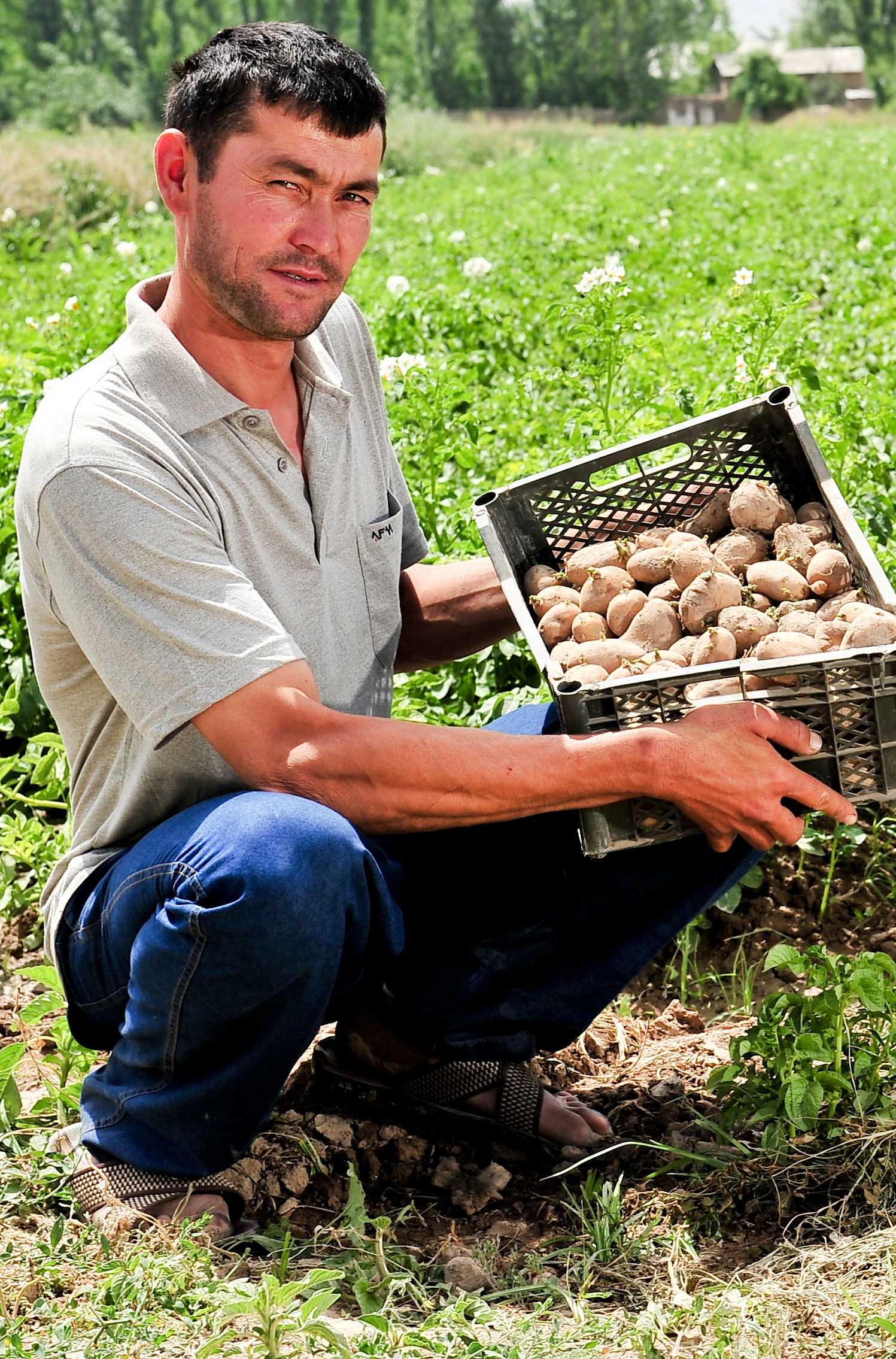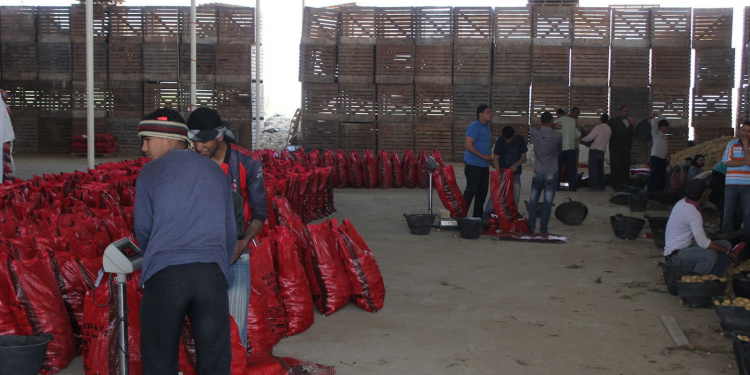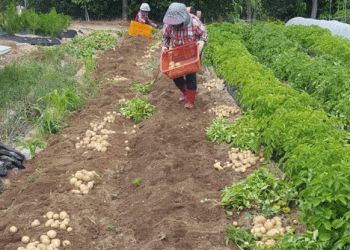Analysis of EastFruit future of the potato price
Current wholesale potato prices in Uzbekistan are 1.5 times higher than last year. The potato price also showed a significant increase in Tajikistan; in this country, the wholesale prices for potatoes have increased by 52%.

Over the past four years, there has been a large fluctuation in potato prices in Uzbekistan. According to experts, the price of this product rose by 90% in 2017, and at the end of last year, the State Statistics Committee of Uzbekistan reported an increase of 42%. Inflation in these years also accelerated, but the rate of increase in potato prices several times exceeded both the general inflation rate and the food group.
What is the cause of the sharp increase in potato prices in Uzbekistan in recent years? EastFruit experts analyzed trends in potato cultivation, imports and consumption over the past two decades to identify the main reasons for this growth.
The analysis concludes that the high prices for potatoes in Uzbekistan are justified by a number of insurmountable factors, the most important of which is the high demand from the population. However, the experience of more developed countries shows that potatoes, as a source of cheap calories, are consumed in smaller quantities as the income of the population increases. In the future, the correction value for the growth rate of potato consumption in Uzbekistan will therefore be influenced by the growth of the income level of the population.
Since the seed potato shortage problem will not be resolved future anytime soon, the price level for potatoes in Uzbekistan is likely to remain relatively high for a long time to come.
In 2020, the price of potatoes rose 42%, nearly 4 times the headline inflation rate in the same year. Five factors can be distinguished here:
- Due to the global coronavirus situation and the loss of jobs, about 600,000 Uzbek labour migrants returned to their homeland. A significant part of potential labour migrants is seasonal workers who leave for work in early spring and return home in autumn with the onset of cold weather. In the second half of March and early April 2020, Uzbekistan introduced a quarantine and closed its borders. The traditional labour markets for Uzbeks – Russia and Kazakhstan – did the same, which is why seasonal labour migrants stayed at home. The borders were closed until the end of the year; Russia still does not accept labour migrants. The return of 600,000 people plus seasonal migrants who remained at home created additional demand for potatoes.
- The pandemic is not the only thing to blame for price increases. Potato production in 2020 increased by only 1.7% below the population growth rate in the same year (1.9%). Given the growing trend in per capita consumption per year, the increase in production was much lower than the level to ensure sufficient supply in the domestic market to maintain price stability (close to the level of general inflation).
- The volume of imports also turned out to be insufficient to compensate for the rather weak growth in production.
- The cost of import logistics as well as trade risks have risen sharply due to quarantine restrictions at the borders. This forced importers to include in the price a much higher shipping cost, which, of course, was shifted to the wholesale and retail prices.
- The demand for seed potatoes, given the high retail and wholesale prices, has grown sharply. The profitability of growing potatoes has increased. Accordingly, part of marketable potatoes was reserved for seed and therefore did not hit the market.

Click here to read the full article about future of the potato price









